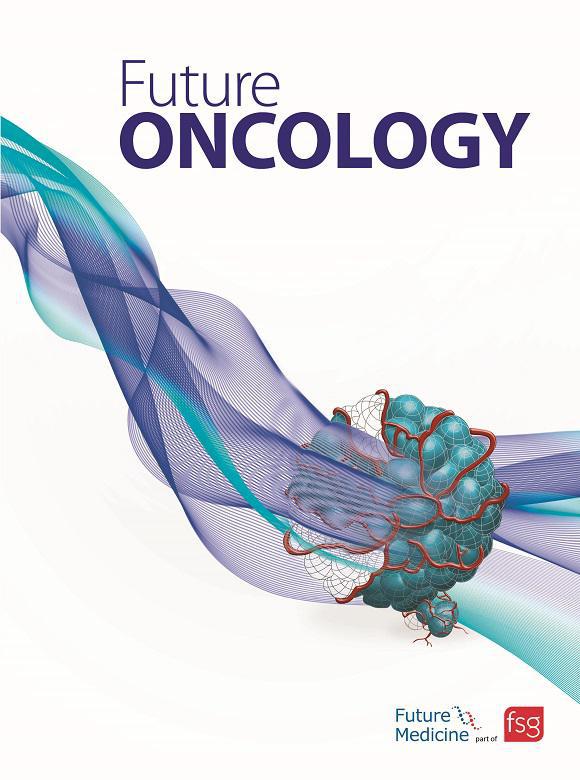
PRIME® Online Activity - Unmasking the Adult Experience in SMA: The Latest Evidence and Patient Perspectives
Approximately how many adult patients with spinal muscular atrophy (SMA) have you encountered in your clinical practice? Approximately how many adult patients with spinal muscular atrophy (SMA) have you encountered in your clinical practice?
What is the greatest challenge facing your clinical team in the treatment and management of adult patients with SMA? What is the greatest challenge facing your clinical team in the treatment and management of adult patients with SMA?
Please rate your level
What is the greatest challenge facing your clinical team in the treatment and management of adult patients with SMA? What is the greatest challenge facing your clinical team in the treatment and management of adult patients with SMA?
Please rate your level







